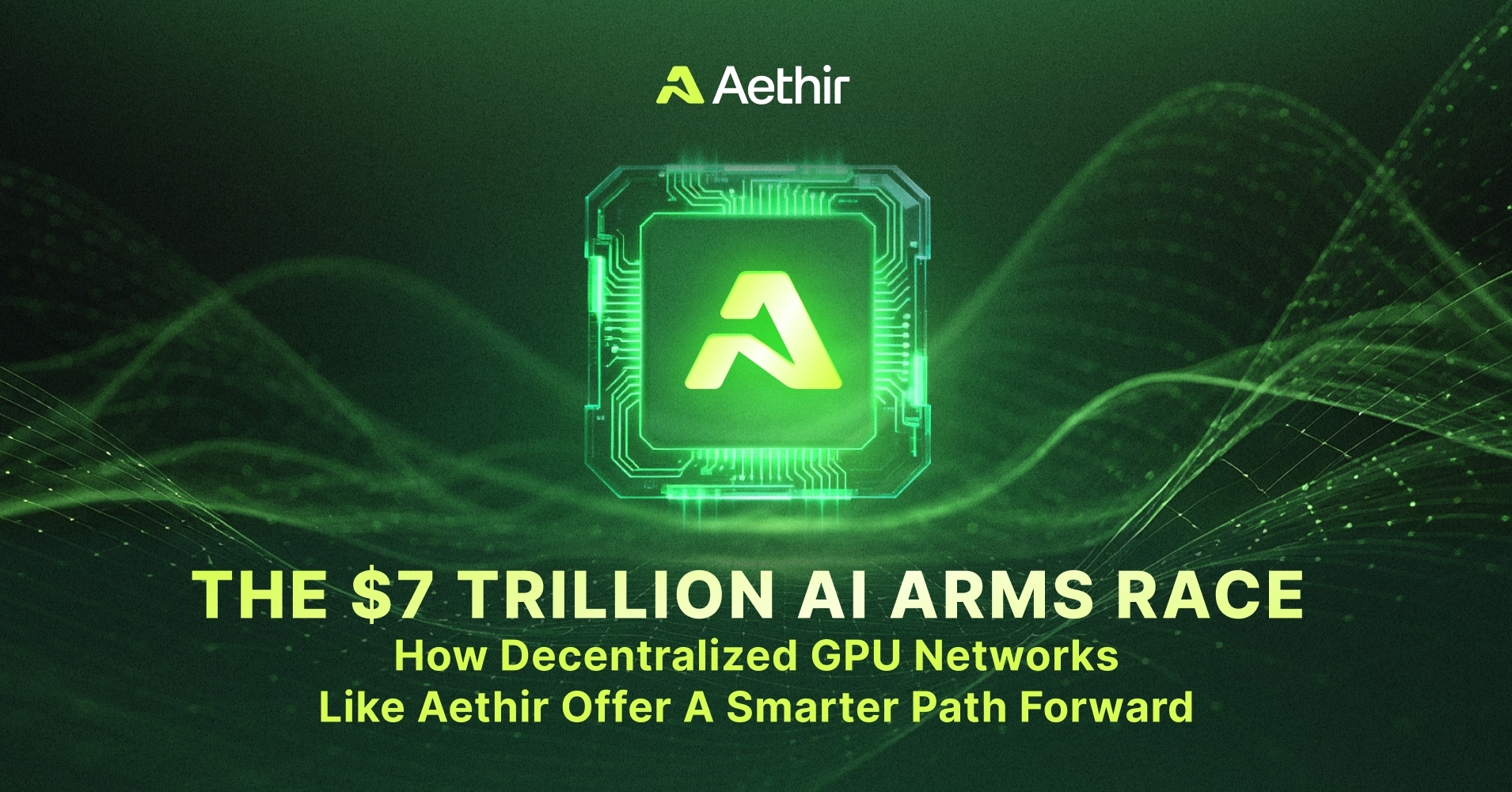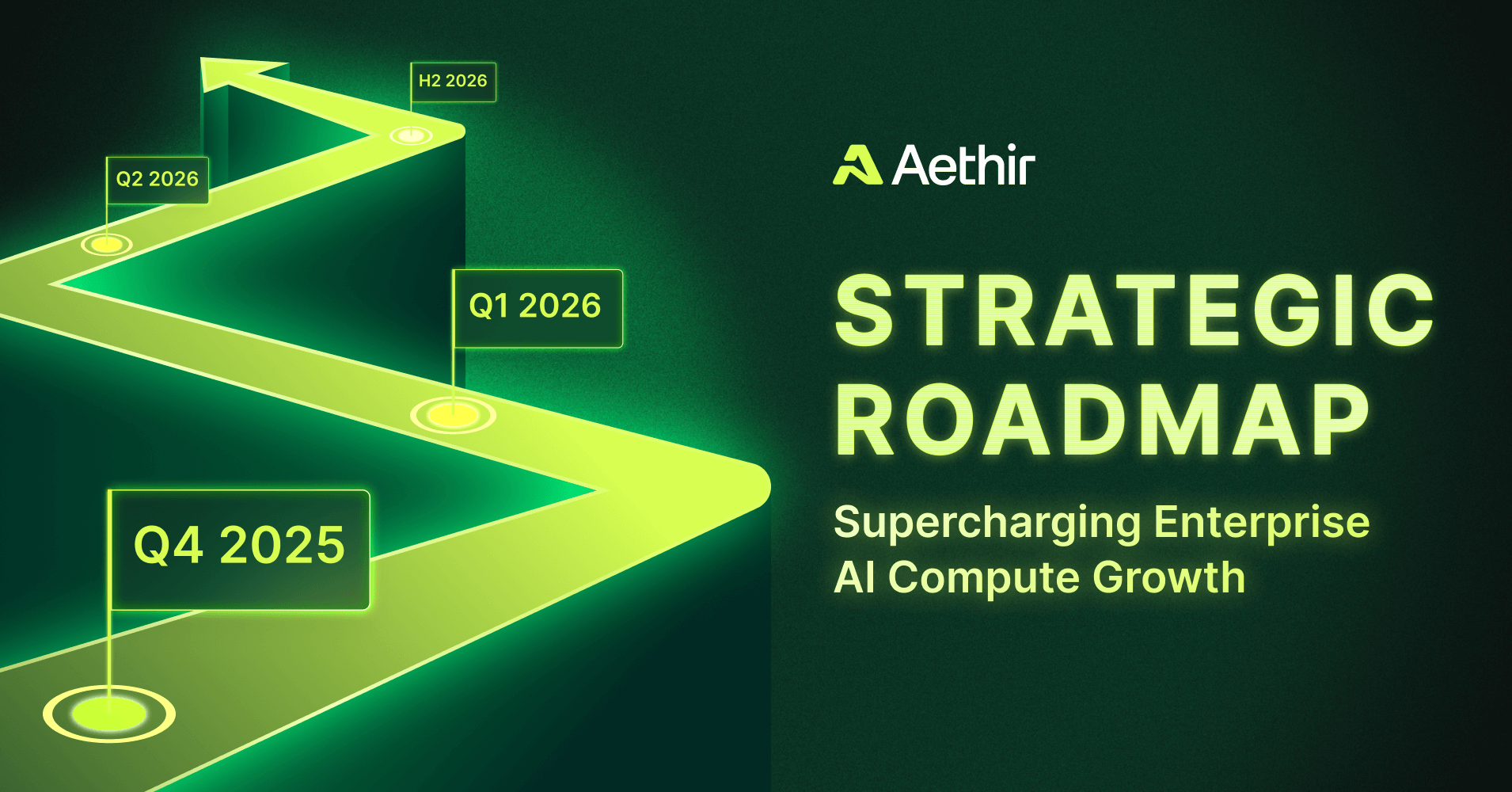The retail landscape is undergoing its most profound transformation since e-commerce emerged. As we enter "Retail 2.0," artificial intelligence has evolved from a futuristic concept to the driving force behind today's most innovative shopping experiences. AI-powered shopping assistants understand context and nuance, visual search technologies identify products from photographs, and personalized pricing algorithms optimize revenue in real-time. Looking ahead, we anticipate another revolution in retail as AI technology becomes integrated throughout the entire buying cycle, from product discovery to post-purchase support, redefining how we shop and engage with brands.
According to NVIDIA's latest State of AI in Retail report, 89% of retailers are actively using AI or assessing AI projects—up from 82% in 2023. More importantly, 87% report that AI has positively impacted their annual revenue. This isn't adoption for adoption's sake; it's a fundamental business imperative driven by measurable results.
Yet beneath these promising statistics lies a complex reality. Traditional cloud infrastructure struggles to meet the unique demands of AI-powered retail applications. Where conventional e-commerce search requires milliseconds of processing, AI-powered visual search analyzing product attributes and contextual relevance demands seconds of intensive GPU computation.
The Computational Challenge of Modern Retail AI
AI Shopping Assistants represent the most ambitious retail AI application today. Unlike simple chatbots, modern assistants are sophisticated digital entities capable of understanding context, maintaining conversation history, and providing personalized recommendations rivaling human sales associates. NVIDIA's AI Blueprint for retail shopping assistants leverages NeMo microservices to enable multimodal capabilities, allowing customers to interact using both text and images.
The computational intensity becomes apparent when considering advanced features: creating complete travel wardrobes based on destination and weather, answering nuanced product questions, and maintaining context across extended conversations. Each interaction triggers dozens of API calls across inventory management, pricing engines, and product databases—all requiring real-time processing.
Personalized Pricing transforms static pricing into dynamic, algorithmic science. Major retailers like Walmart and Kroger have pioneered AI-driven pricing systems that analyze customer behavior, competitor pricing, inventory levels, and market conditions simultaneously. When a customer views a product, algorithms must instantly analyze their profile, evaluate market conditions, and calculate optimal pricing—all within milliseconds.
Dynamic pricing adds another computational layer, continuously adjusting prices based on real-time market conditions. A large retailer might analyze pricing for millions of products across hundreds of competitors, updating prices multiple times daily. The machine learning models require continuous training on ever-growing datasets while maintaining real-time inference capabilities.
Visual Search enables customers to search using images rather than text descriptions. This seemingly simple capability requires sophisticated computer vision algorithms processing hundreds of visual attributes simultaneously—color palettes, textures, geometric shapes, style elements, and brand characteristics. A single product image might be processed through dozens of neural networks, each contributing to comprehensive visual fingerprints used for similarity matching.
Advanced systems provide contextual recommendations beyond simple matching. When searching for a dress, systems identify similar dresses plus complementary accessories and styling options. Fashion retailers report visual search increases conversion rates by 30-40% compared to traditional text-based search.
The Infrastructure Bottleneck
Traditional cloud computing creates fundamental barriers to widespread AI deployment. The GPU shortage crisis affecting major providers throughout 2024-2025 illustrates the supply-demand imbalance. Amazon's retail business experienced internal GPU capacity shortages severe enough to require "Project Greenland" for better resource allocation [6].
Economic barriers compound availability challenges. Despite recent 45% price reductions for certain GPU instances, costs remain prohibitive. High-end GPU instances cost $24.48 per hour, and AI workloads require 10 times more processing power than traditional applications. For mid-sized retailers implementing comprehensive AI across operations, monthly infrastructure costs easily reach hundreds of thousands of dollars.
Centralized architecture creates latency limitations, which are particularly problematic for retail AI. When a Tokyo customer uses visual search, their image travels to distant data centers for processing—introducing latency that degrades customer experience. Geographic distribution requires replicating expensive infrastructure across regions, multiplying costs.
Vendor lock-in limits flexibility as retailers become tied to proprietary ecosystems. Scalability constraints appear during peak demand when providers lack sufficient regional capacity. The complexity of managing AI workloads requires specialized expertise that many retailers cannot afford.
Aethir: The Decentralized Solution
Aethir pioneers a fundamentally different approach, building the world's largest decentralized GPU network that harnesses distributed computing resources globally. Rather than concentrating resources in centralized data centers, Aethir's network distributes GPU power across thousands of nodes worldwide, creating resilient, scalable infrastructure.
Cost Advantages: By utilizing underutilized GPU resources from gaming rigs, mining operations, and enterprise systems, Aethir offers computational power at 60-70% cost savings compared to traditional cloud providers. This democratizes access to high-performance AI infrastructure.
Performance Benefits: Geographic distribution enables processing closer to customers, reducing latency from seconds to under one second for visual search applications. The distributed architecture provides superior performance characteristics, particularly for edge processing applications.
Global Scalability: During peak demand periods like Black Friday, the network dynamically allocates additional resources from across the global node network. This elastic scalability ensures retailers handle traffic spikes without capacity constraints affecting centralized providers.
Real-World Impact: A mid-sized fashion retailer implementing visual search across 100,000 products would face $50,000+ monthly GPU costs using traditional cloud infrastructure. With Aethir's network, the same retailer achieves superior performance at a fraction of the cost, enabling advanced features like style similarity matching previously economically unfeasible.
Transforming Retail Economics
The economic implications extend beyond infrastructure savings. Effective personalized pricing can increase revenue by 2-5% while improving customer satisfaction. For a $100 million revenue retailer, this represents $2-5 million annual impact—far exceeding infrastructure costs.
Visual search capabilities provide 30-40% conversion rate improvements over traditional search. The ability to search using images eliminates the friction of describing products in words, particularly for fashion and home décor, where visual characteristics are paramount.
AI shopping assistants, despite trust challenges (41% of consumers have no trust in AI assistants), deliver measurable value when implemented effectively. The 67% of consumers wanting AI help finding the best prices and 56% wanting product comparison assistance represent significant market opportunities.
The Future Landscape
Emerging applications will require even greater computational resources. Real-time video commerce enabling customers to point smartphones at objects for instant product information and AR overlays demands continuous processing of multiple video frames per second. Autonomous retail environments require continuous processing of computer vision, sensor data, and real-time analytics.
Generative AI will revolutionize content creation, generating unique product presentations for each customer. IoT-integrated AI applications throughout retail environments will require substantial edge processing capabilities. These future applications benefit significantly from Aethir's distributed architecture and cost efficiencies.
Looking Ahead
The transformation of retail through AI is inevitable, but the pace and scope depend on the infrastructure choices retailers make today. Traditional cloud computing creates barriers preventing many retailers from deploying sophisticated AI capabilities, potentially accelerating market concentration among technology-enabled giants.
Aethir's decentralized GPU network addresses core limitations of centralized infrastructure—cost, latency, scalability, and geographic distribution. The 60-70% cost savings democratize access to high-performance AI infrastructure, enabling retailers of all sizes to compete in the AI-driven marketplace.
As retailers increasingly compete on AI sophistication, access to cost-effective, high-performance GPU infrastructure becomes a strategic differentiator. The retailers who can deploy advanced AI shopping assistants, accurate visual search, and sophisticated personalized pricing will capture market share in Retail 2.0.
The future of retail is being built on the GPU backbone powering AI applications. That backbone is increasingly decentralized, accessible, and powerful. Retailers who recognize this shift and act accordingly will thrive in the intelligent retail landscape rapidly emerging around us.
Call to Action
The future of retail belongs to those who can harness the full potential of AI without being constrained by traditional infrastructure limitations. Consider the transformative possibilities within your own retail operations: How can cost-effective, globally distributed GPU infrastructure accelerate your next customer experience breakthrough? Whether you're looking to implement sophisticated AI shopping assistants, deploy real-time visual search, or optimize pricing algorithms, the power to compete with retail giants is now within reach.
The retailers who act today will define tomorrow's competitive landscape. Don't let infrastructure costs and limitations prevent you from delivering the AI-powered experiences your customers expect.
📩 Contact us at enterprisesales@aethir.com or visit www.enterprise.aethir.com to discover how Aethir's decentralized GPU network can power your retail AI transformation.






